




Iceland Travel Guide:
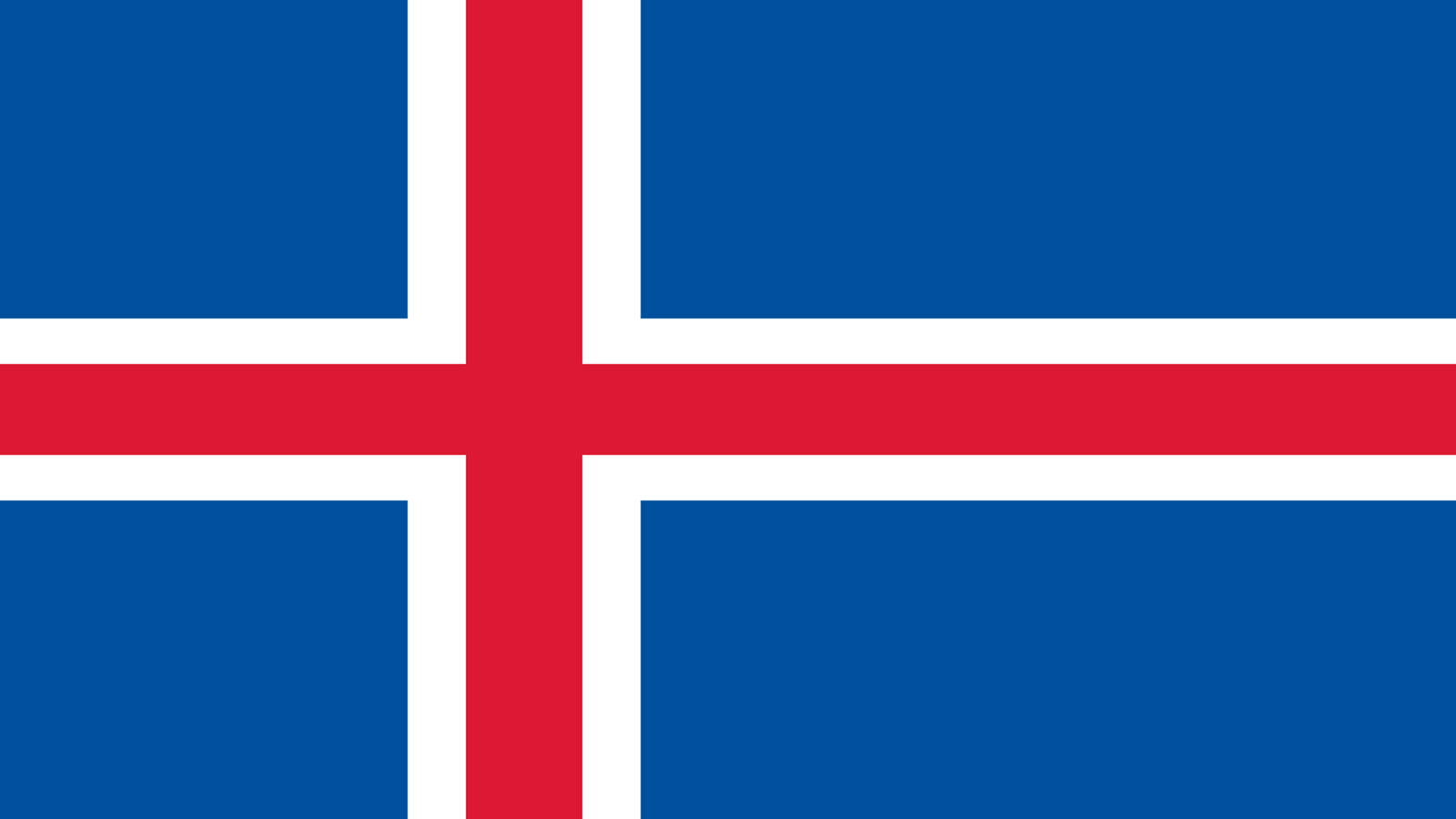
🗝️ Key Facts
🏛️Capital: Reykjavik
💶Currency: Icelandic króna (ISK)
🕙Time Zone: 0 GMT
📞Phone Code: +354
🌐Language: Icelandic (English)
✈️Best time to visit: May-Sept (countryside and city tourism). Dec-Feb (Northern lights and snow scenery).
🍴Eat: Sea food soup / Hot Dog / Skyr
🍷Drink: Icelandic Beer
🗺️Don't miss: Blue lagoon / Catching the Nothern Lights!
🗺 Menu of Contents:
Iceland, is one of those magical and unique destinations, everybody should explore to find out why it is so popular! With its glassy glaciers, hot thermal springs, spectacular geysers, active volcanoes, lava fields, stunning waterfalls and snow-capped mountains, Iceland is indeed the 'Land of Fire and Ice'. The second largest island in Europe, Iceland lies close to the Arctic Circle northwest of Scotland and south of Greenland. It is the natural raw beauty that draw visitors to the country.
The Icelandic people, descendants of ancient Norsemen and Celts, are intriguing too, having spawned what is now renowned as the oldest-surviving parliament in the world (called the Althing), founded in 930 AD. Iceland also boasts a much-revered literary heritage of the best medieval works, mostly based on heroic sagas.
Most of the country's popular tourist features are in the south of the island near the capital, Reykjavik, and can be explored on the much celebrated 'Golden Circle' route. Top of the list for scenic splendour are the Gullfoss double-tiered waterfall and the spouting hot springs of Geysir.
Reykjavik means 'smoky bay', but in the case of Iceland's pristine capital (which is Europe's most northerly capital city) the smoke is not smog, but rather steam from the underground springs that warm the city.
Reykjavik has a well-deserved reputation for being one of the cleanest, most invigorating cities in Europe, and boasts one of the highest standards of living in the world. The city may be small, but it is full of interesting attractions, from galleries and museums to thermal bathing spots. And despite the small size of the city and the harsh weather at Winter, the nightlife here is also quite exciting!
Iceland is steadily increasing in popularity as a travel destination, and offers so much to see and do, being one of those destinations that seems so different in summer and winter.
The summer weather enables all sorts of outdoor fun in the gloriously unique landscapes, but the icy winter months bring with them the spectacle of the Northern Lights, truly one of the most magical experiences the world has to offer! Come and see if you can catch the northern lights in Iceland!
Due to it's location in the middle of the Atlantic Ocean and Iceland being an island, it's a natural choice to fly there. Icelandair is the official airline of the country and provides a very good connection in Iceland between North American and Europe. Other airlines when flying on a budget also offer good flights to it's capital, Reykjavik, for example Norwegian, easyJet, or Wizz Air offer cheaper flights when booked online in advance. Also it's worth to mention that Air Iceland Connect, is another airline based in Iceland and offers domestic flights as well as flights to the UK and Greenland.
Once in the country travelling around Iceland is done mainly by road, the infrastructure, the terrain, the weather and the amount of people in the country is not enough to establish a viable transport system by train. Domestic flights are a popular way to travel if you have limited time in the country, although they can be expensive. It's not a surprise then, that people are very self-sufficient in Iceland, most own a car and independently travel at their leisure.
However for visitors and travelers, the limitation of public transport means that's it's only possible to travel around Iceland either driving, by selected buses (see map below) or by taking a tour. (the most practical and common way to see the country). In the big cities buses are the main form of public transport, they are punctual and not at all crowded, but most have limited timetables.
Despite its name, Iceland, is not always "ice cold". However, it's mostly cool, located north of the Atlantic Ocean, thanks to the warm Gulf Stream. Summers are short but bright and the best time to visit is late May to early September to enjoy most of the sunlight and experience cooler temperatures around 15-20 °C! Though coastal areas can be around 10-15 °C. Average daily sunshine in July and August is 5-6 hours and during the summer months even the nights are bright. On clear days you can have 24 hours of daylight and even see the midnight sun near the Arctic Circle. However, the weather is extremely changeable and unpredictable so you should always be prepared for the unexpected.
If you are looking to see the Northern Lights, the time to visit is from September through to March. Icelandic winters are not as cold as you might expect and the winter is in many ways a more interesting time to visit Iceland. Winter's in Iceland are not "polar" so don't expect extreme weather. Average temperatures generally don't go below -10 °C, when in fact most of the time it is only below zero. In recent years, with global warming, it's possible to be in Iceland with around 2 or 3 °C in January! If you visit Iceland in the winter, dress for snow, wind and rain, you will need a good coat, hat, gloves, rain proof gear and comfortable shoes for trekking.
Any visit to Reykjavik can't be complete until you have seen the northern lights, or at least tried to! It is a matter of luck and to have the right conditions and weather factors to be able to see the colourful lights glittering over the darkness of the land. it is a magic spectacle, incredible to watch and one that will blow you away. The northern lights can be seen from the cities, parks, forests, in fact, all over Iceland. But the darker you can get out of any urban lights and the more isolated you can be from any other distractions the more you will be able to make this natural phenomenal experience a life-time memory for all the right reasons.
To know more about the Northern lights and how to see it, click on our dedicated page on the Northern lights via the link:
Icelandic cuisine owes much to Scandinavian and European influences. The star product on every table is fresh fish, it can be had all year round. Icelanders eat mostly haddock, cod, plaice, halibut, herring and shrimp, but Icelandic salmon, lobster and Arctic char are also very good. The lamb, which is reared locally, is free range, organic and extremely tasty. Home-grown vegetables are typically reared in greenhouses heated by the natural steam from geysers. It’s one reason why food can be more expensive than you would expect. Fresh, is key in Iceland, and many products are locally produced or manufactured. Dairy products are also very common, skyr being the most renowned item consumed by the locals every day. Hot drinks are also popular in Iceland, specially coffee to start the day and face the colder temperatures outside. Beer and spirits are also common and many are locally brewed.
Below you can see the most iconic dishes or specialties in Iceland:
- Skyr: is a dairy product, similar to yogurt in consistency, but actually made out of cheese. It has been consumed in Iceland for 1,000 years and continues to be consumed by locals throughout the day, every day. In general, Icelandic people eat a lot of dairy. It is usually served with milk and a sweet topping, such as berries or other fruit. Skyr is low in fat and high in protein. It is most commonly served for breakfast, but there really isn’t a wrong time to eat skyr. It can easily be found in all Icelandic grocery stores and street cafes or drink shops.
- Icelandic lamb: Whether roasted or made into a hearty stew, lamb and sheep are the most popular meats in Iceland. The domestic sheep is the most abundant farm animal, so the delicious meat is more available than beef. Icelandic lamb is incredibly tender, and locals eat it for both special occasions and for everyday meals. Slow-roasted lamb is the preferred cooking method, but it is also often put into a simple stew of broth and potatoes. However, for those looking for something a little more daring on their Icelandic culinary adventure, try smoked sheep’s head. Conveniently located in the main bus terminal in Reykjavik, the Fljott og Gott restaurant serves this traditional dish of “svio” with the common fixings of mashed potatoes and turnips.
- Dark rye bread: This dark colour bread is typical of northern Europe and in Iceland it's a common item with butter served with many meals. Of course, this popular Nordic bread can be baked in a normal oven, but traditionally, Icelandic people bury it near a natural hot spring to bake. Icelandic rye bread is sweet and can be purchased in most grocery stores throughout the country. It pairs well with garlic.
- Hot dogs: A hot dog might not be the first thing that comes to mind when thinking about food in Iceland, but a small hot dog stand in Reykjavik is actually the country’s most popular “restaurant”. Baejarins Beztu Pylsur, meaning “the town’s best sausages”, has served iconic lamb and pork hot dogs since 1937. The best ones come with ketchup, sweet mustard, raw onions, deep-fried onions, and a special remoulade.
Other dishes popular in iceland are: Fermented Shark: Known by the locals as hakarl, it is still the national dish of Iceland. While not widely consumed by locals, it is just one of those things you need to taste in order to proclaim that you experienced Iceland to the fullest.Hakarl is made by fermenting and drying the meat of a Greenland shark or a sleeper shark for months. It has a strong smell of ammonia, but the taste is milder than the smell, albeit still a bit fishy. Commonly served with a shot of a local spirit known as brennivin. Puffin: A national dish of the Westman Islands, Puffin, like hakarl, is not widely consumed, yet it is often associated with Icelandic cuisine. For preparation, this seabird is usually smoked or boiled in milk, in order to remove excess oil. It is regarded as a delicacy and is on menus throughout the country. Fish stew: or plokkfiskur, is a traditional Icelandic dish usually made from boiled cod or haddock mashed together with a white sauce, onions, and potatoes. The fish consumed on this island nation is always fresh, and this popular stew is no exception. To try this dish, visit either the Saegreifinn restaurant or the Fish and More restaurant, which are both located in Reykjavik. Fish stew is generally served with traditional rye bread and butter.
As for drinks the most common drinks are: Brennivin, a local Icelandic spirit similar to unsweetened schnapps. It is widely considered to be the country’s national alcoholic beverage. It has a taste comparable to vodka and is the quintessential celebration or special occasion shot. Beers, by law, beverages in Iceland could only contain up to 2.25-percent alcohol until 1989. Because of this, light beer became a popular beverage choice. While prohibition in Iceland no longer exists, stronger beers are now more popular and can be found at many bars and restaurants. But it is still harder to find higher grade in many grocery stores. A popular Icelandic beer is Egils Gull.
Food and drink source: blog.go-today.com
Iceland is a dream destination for so many travellers, so I was very happy to be able to add it to the list, as a plan for the Winter 2018 holidays. The country has rich natural wonders from the beautiful Aurora Northern Lights to incredible waterfalls, glaciers, geysers, mountain ranges, rivers and active volcanoes! Those seeking scenery and natural beauty won't be disappointed! The country has two sides to Winter and Summer. For myself being able to come in winter and feel the magic of the snowfall and the winter coat which covers every corner is a true experience! Winter's are not as cold as one may think, with temperatures just around 0 °C, it's actually less than New York in Winter!
The people of Iceland take great care of their land, making it their culture and heritage for everyone. Food likewise is tasty, natural and mostly organic. Can't miss trying some Skyr and the Icelandic bread is delicious as well! Planning ahead is essential, the only negative side is that Iceland is really expensive when it comes to transport, accommodation and tours. However it's money well spent, in case of cancellation or rebookings of tours they are very flexible. Its a unique country, which impresses from every corner! Certainly coming in warmer weather is next in the agenda.
(once visited)
Reykjavik Tourism Information Guide
The world’s most northerly capital, Reykjavík, has a sense of space and calm that comes as a breath of fresh air to travellers accustomed to the hustle and bustle of the traffic-clogged streets in Europe’s other major cities. Although small for a capital, Reykjavík is a large metropolis compared with Iceland’s other built-up areas. Reykjavik has a bustling port, an important gateway to the country. The city is centre for culture and places to see with its highbrow museums and a buzzing nightlife. It is well prepared for the many visitors that come to the city as the starting point for discovering the country's nature, glaciers and the famous northern lights.
Now tourism is one of the main sources of income to many companies in the city and iceland. With numerous flights and new hotels, Reykjavik is a great place to start your holiday in Iceland!
Reykjavik is well known for being a cold city, specially in winter weather. Many people think that the Summer season is the best time to visit. But in fact, its winters are rarely severe and even on the coldest night temperatures average no less than -3°C, being moderated by the warming waters of the nearby Gulf Stream. The city centre additionally is conditioned with warming panels beneath its busiest streets to keep the snow away and this indirectly takes away any icy feeling too. January, February and March are usually the coldest months in Reykjavik, with very little difference between them in terms of temperature. However, by the beginning of April, the climate quickly changes for the better as spring arrives and night-time frosts soon disappear.
The summers, are generally mild to warm. The warmest weather in Reykjavik falls between June and August, when temperatures rise to 15°C and on the sunniest days, even approach 20°C. May tends to feature the driest climate and this is also often one of the sunniest months in Reykjavik, when rich blue skies can be enjoyed. By June and July, the sun hardly sets and daylight hours can be as long as 20 or even 21 hours.
Due to the city's exposed coastal situation, strong windy weather and even gales can be prevalent, particularly during the winter months. So taking all this into consideration, visiting for the best time, really depends of your preference of scenery:
- For snowy white scenery, enjoying hot thermal waters and aurora northern lights, visit from October to March.
- For pleasant temperatures, spring blossom and green vegetation with the addition of 20+ hours of light, visit from May to August.
When arriving to Reykjavik by air, there are two airports which cause confusion and should not be mistaken. There are quite close to each other but they each serve very different destinations.
- The main international gateway into Reykjavik, is Keflavik International Airport, (code KEF) which is located 50 Km. from the city centre. This is the main international airport for all flights coming from Europe or America and the hub for national airline Icelandair. To get to/from the airport there are several companies and options listed below depending of where you stay:
1-The best transport is the Flybus express service, which offers a quick and punctual service linking the airport to the city centre's main terminal at Umferðarmiðstöðin Bus Terminal (BSÍ). Tickets cost €20 one way and can be bought online at Flybus. If you then require a drop off service to nearby your hotel there is an extra 950 ISK to pay. (€7 approx).
2-The Airport Direct service company is a cheaper option, for €15 one way, AirportDirect, drops you off at their terminal, which is 1.1 KM away from the main city centre terminal (BSI). If you need to connect to a "drop off bus" service, you will have to pay 950 ISK more, (€7 approximately).
3-The third company offering services to Reykjavik city is GreyLine. The express transfer is quicker at only 45 minutes for €18 to €20 one way. The GreyLine terminal is located at Viðey Ferry Terminal, which is 4.5 KM away from the city centre. Then you need to transfer to a drop of bus which takes you to Safnahúsið / The Culture House - Bus stop 6, located in the city centre. As well they offer Hotel drop off for an additional cost. (€6 more).
4-There are also public busses which run from the airport to the city's centre bus station, Umferðarmiðstöðin (BSÍ), taking around 75 minutes. Route 55 runs Monday to Friday for 1840 ISK, with departures at limited times (early morning and afternoon till 18.42 only). On weekends and public holidays you need to take bus 55 to the final stop Fjörður and change to bus 1 (In direction to Hlemmur), which runs every 30 minutes and goes as well directly into the city centre. (timetables for the busses from Keflavik airport are provided below).
❗Attention: There are several companies offering shuttles services from/to the airport. Some of these services don't finish at the main city terminal (BSI). When buying tickets (online or in person) you will get a bus transfer from the airport to the bus terminal and if you want a drop off service closer to your accommodation, you will need to pay 950 ISK (€7 approx) extra for this transfer from any of the bus terminals. It's recommended you get the Flybus service for easier connections, as their terminal is closer to the city centre. Also purchasing a return trip will save you 10% normally from any express bus company.
- The second airport is Reykjavík International Airport (code RKV), located in Vatnsmýri which is near the centre of Reykjavík, at only 3 Km out of the city centre. The airport acts as the main gateway for domestic flights in Iceland, the Faroe Islands and to Greenland. Getting to/from the airport you can take bus 15 for 460 ISK. Otherwise, without much luggage, walking to the city centre is only 30 minutes.
Once in the city centre, public transport is mainly by bus. There are many routes and services connecting the city centre to the outskirts of Reykjavik. However busses don't run so frequently, as other European capitals, so it's a good idea to check timetables before you travel. The single fare in Reykjavik is 460 ISK, one day pass is 1.700 ISK and a 3 day pass is 4.000 ISK for the Reykjavik city area. (one zone). Single tickets are valid for 75 minutes from activation.
✔️Tip: Use the Strætó App: It's the mobile application for Reykjavik's public bus system and it gives you the facilities to check timetables, real time bus information and buy tickets from your smartphone device. For more information on the public transport in Reykjavik check this link.

Reykjavik, offers a surprising variety of cultural and social happenings as well as an abundance of trendy restaurants, cafes and bars. There are also numerous museums and galleries throughout the city, with presentations ranging from Viking relics to modern art exhibitions.As with the country in general, the city of Reykjavík is one of contrasts, with charming historical buildings of stone and wood mingling with imaginative modern architecture. Being one of Europe’s smallest capitals, downtown Reykjavík is safe and easy to travel around and walk. The vast majority of restaurants, clubs, cafés and bars in Reykjavík are located on or around the main shopping street Laugavegur, so no one has to search far to find a venue. The Reykjavík nightlife has a unique feel, as its reputation for liveliness is well deserved, especially during the endless summer light nights.
Below you will find detailed information of the highlights of what to see during your stay in Reykjavik:
- Hallgrímskirkja: is the landmark Lutheran church in Reykjavík. Standing 73 meters tall, it is the largest church in the country and is named for Hallgrímur Pétursson, author of the Passion Hymns.The design of the church is said to be inspired by the basalt lava columns that line many areas along Iceland’s coast. Construction did not begin until 1945 and was not completed until 1986.
- Perlan “The Pearl”: sits prominently atop Öskjuhlíð just outside the city centre, overlooking the Nauthólsvík beach and Reykjavík Domestic Airport. Its most striking feature is its design, a glass domed structure sitting atop six huge hot water storage tanks. Most visitors come for the impressive 360-degree views over Reykjavik from the viewing deck, but inside there is an exhibition about Iceland's Volcanoes, terrain and highlights. The star of the exhibition is a hand made Ice Cave, deep below the building. There is also a rotating gourmet restaurant, a café with lighter dishes and an exhibition photo gallery free to visit.
- Esja: is the landmark mountain of Reykjavík, constantly visible off Reykjavík’s North shore across Kollafjörður bay. The mountain is often called Esjan (The Esja) by locals and stands 914 metres at its tallest peak. Esja is actually not a single mountain, but is a chain of volcanic peaks. Esja is located in Kjalarnes, 10 km from Reykjavík just past the town of Mossfellsbær. The climb up Esja is popular among locals and visitors as a day-trip outside of Reykjavík. Public transit goes directly from Reykjavík to the trail head and the hike takes a half day, return journey. Good hiking boots and a water bottle are required for this hike. If you are planning on embarking on a hike, check the weather forecast in advance.
- Reykjavik City Hall: is a modern concrete and glass building that flows seamlessly with its surroundings. The building is open to visitors, accessible via a bridge over the pond, around with ducks. The building opened in 1992 and, in addition to housing the offices of the Mayor, often hosts exhibits and events. Tjörnin, the Reykjavik Pond, is a tranquil oasis in the heart of the city centre. On a nice day you can sit on the benches nearby the City Hall and watch the ducks, geese and swans float by. The park space Hljómskálagarður, at the southern end of Tjörnin, is a popular spot in the summer months for locals to bring their children to play, barbecue, and enjoy the nice weather.
- Austurvöllur square: is a public square in downtown Reykjavik surrounded by cafes, restaurants and shops. It's a popular gathering place for residents and visitors, especially during periods of good weather. Also nearby is the city's oldest church, Dómkirkjan, as well as the historic Hotel Borg.
- The National Museum of Iceland: located next to the University of Iceland campus, features a main exhibit of more than 2000 artifacts from around Iceland and illustrates Iceland’s rich history, from medieval times through to current contemporary culture. The museum is open daily from 1 May through 15 September between 10:00 and 17:00. For the remainder of the year the museum is open Tuesday to Sunday from 11:00 to 17:00. It is located at Suðurgata 41.
- Laugardalur, "Hot Springs Valley": is a recreational area in Reykjavik, just a few kilometres east of the city centre in the quiet, family-centric area. The area was the city’s main source of geothermally-heated water until the 1930’s and served as a large public laundry centre in the old days before waterworks were established. Today, it contains Reykjavik’s largest swimming facility, Laugardalslaug, with an expansive outdoor thermal pool (popular even in winter) with a spiraling water slide, kiddie pool, hot tubs and steam bath.Also nearby is a large sporting complex surrounded by a green, tree-lined park with numerous paths for walkers and joggers, and the Reykjavík Family Park & Zoo is also located here.
- The blue lagoon: The Blue Lagoon (Bláa lónið) is a truly fascinating geothermal spa and one of the most visited tourist attractions in Iceland. It is located on the Reykjanes Peninsula. It is easily reachable by schedule busses taking 45 minutes from Reykjavik. The location is a SPA resort, surrounded by beautiful natural landscape pure to Iceland, ideal to visit any time of the year, thanks to it's hot spring waters. The best time to go is by visiting either very early in the morning or as late as possible. Also try to avoid weekends, because it's busier then, even in the morning or evening. Timing your visit for sunset will make your photos even more amazing. After sunset, there is even a chance to see the Northern Lights in winter. You can check the Aurora activity prediction and the sunrise and sunset times in order to coincide with beautiful setting for pictures. Click this link to view this information on real time. The waters of the springs are always kept at 37–42°C. However, if it’s really cold and windy, some parts of the lagoon can be cooler. The warmth of the water and the shelter of the heaters help a lot. Don't get put off with rain or fog, as it can make the atmosphere even more amazing. To get to the blue lagoon you can take a scheduled bus which leaves Reykjavik and returns every hour.
✔️Tip: You will need to purchase the bus tickets and the Blue Lagoon entrance in advance, at least 2 weeks before, as it gets very busy and they don't sell on the spot normally. You can buy both tickets here on the Blue Lagoon website. Prices start from €50 entrance fee plus €35 transport cost. Don't forget to take your swimsuit, but a towel and a face mask is provided.
There are number of natural attractions and beautiful locations across Iceland which are only between one and two hours drive from Reykjavik city. Some of nature's most greatest creations like impressive volcanoes, geysers, waterfalls and glaciers are all in Iceland! They all are popular destinations to see by tour, and form part of daily activities which you can get as a combined packet. However, if you are driving, it will also be part of your trip to reach these places of interest to take pictures and admire these spectacular natural wonders.
✔️Tip: Book a tour: there are numerous tours and trips that can take you around Iceland and sample what the incredible Island has to offer from incredible scenery, the famous northern lights, iced caves, lagoons or hiking tours. There is a wide range of activities ranging from easy to more adventurous and sporty. You can choose from hiking, Iceland glacier tours, snowmobiling & ATVs, whale watching in Reykjavik, river rafting, snorkelling, diving, ice cave Iceland tours, horse riding, biking & quad bikes or bird watching... amongst some of the many activities offered by the tour companies. To see more info on all the activities check Icelandontheweb.com.
Booking the most popular tours, should be done in advance. Reykjavik Excursions is the most popular tour company and offer great combination packages and have good flexibility when it comes to changing dates or cancellations. They also offer pickup/drop off services from selected hotels and bus stops within the city for convenience.
- The Golden Circle: is the most popular tourist route in southern Iceland, covering about 300 kilometres of natural wonders. It is the area that contains most tours and travel-related activities in Iceland. You will find the Thingvellir National Park, where the North American and Euro-Asian tectonic plates meet and are separating. Along the park there numerous viewing platforms and walks. It is also possible to see the cracks in the terrain where the seismic activitiy separates the plates away. Also part of the golden circle is the Geysir geothermal area, which boasts spouting springs, including Strokkur, the most active geyser in Iceland. It shoots water into the sky at 25m at its highest point every 5-8 minutes. At Gullfoss, you will find an amazing waterfall, watching enormous quantities of water tumble violently into a deep, meandering gorge.
Some of the must see places of the "Golden Circle" include:
Thingvellir National Park
Geysir Park
- Iceland South Sore: Is the name that tours give this area of iceland because it combines a number of beautiful, amazing and picturesque scenes of southern Iceland. The tour is ideal for nature lovers of all kinds. You can drive along the coast until you reach Vík, a charming village surrounded by high beautiful bird cliffs. Among the stops is the Seljalandsfoss and Skógafoss waterfalls. Seljalandsfoss is part of the Seljandsá river, which has its origins in Eyjafjallajökull glacier. What makes Seljalandsfoss so famous and interesting is that you can walk behind it. (only during non snow-ice conditions). Skógafoss, another famous Icelandic waterfall, is the starting point of the Fimmvörðuháls walk over to Þórsmörk. Another area of interest is the Reynisfjara black sand beach, with the Reynisdrangar rock formations and columnar basalt. It is one of the most spectacular beaches in Iceland but can be dangerous. It's advised not to go too close to the ocean, its very windy, waves can suddenly get big and come closer to shore and currents are very strong. Additionally, along the area you can find Sólheimajökull and walk up to a small lake which has formed in front of the retreating glacier.
There may be limited sunlight in the northern city of Reykjavik, but the locals here really know how to make good use of those long, cold, and dark winter nights. Be blown away by the bright lights of the bars and clubs that line the streets and heat things up on the dance floor.
Due to the high cost of alcohol, the nightlife only gets going very late as most Icelanders tend to have a few drinks at home before hitting the town.
Once sufficiently warmed up for the night, head to trendy Laugavegur where most of Reykjavik's 100 or so bars and clubs are centred, dotted around the strip and its side streets.
On busy Friday and Saturday nights, it's not uncommon for the street to be filled with people all night long. On a side note, the drinking age in Iceland is 20.
The range of shopping available in Reykjavik is quite large and proves a nice passtime for when you come back from the many tours and activities. There are many Icelandic souvenirs that will sure end up in your suitcase. Whether you are looking for designer clothing or a hand-knitted Icelandic woollen sweater, original art work or simply a T-shirt, Reykjavik will provide shoppers with plenty of choice and price brackets.
The most popular areas for shopping are around Bankastraeti, Laekjargata and Langavegur, and also at the many shops close to Lake Tjörnin and the harbour, where the buzzing Kolaportid flea market takes place each weekend.
Remember that Iceland offers a popular shopping scheme where the tax on large purchases at participating Global Refund Tax stores can be reclaimed at Reykjavik Airport, as Iceland does not belong to the European Union, but it does belong to the free transit zone belonging to Europe, known as the Schengen zone.
Iceland is one of the most expensive countries when it comes to cost of living. Everything is higher in comparison to other European countries, American or even Asian. Food, transport and naturally accommodation. Hotels in the city centre are budget Hotels are still expensive ranging around €70 per night. Hostels and guesthouses offer more reasonable accommodation if you don't mind sharing. Private accommodation via Airbnb or booking.com is limited, but expensive. Also make sure to stay near to the city centre if you don't drive, public transport is available but has limited hours.If you are on a tight budget, and don't want to pay for expensive breakfasts at hotels/hostels, we recommend you take your own food or buy from supermarkets.
One recommended hotel, 3 min walk to the city centre and within easy access to pick up/drop off services is Metropolitan Hotel. This 2.5 star hotel (in rating), features free WIFI, easy check-in/out and private rooms with bathroom. Breakfast is not included on discounted rates. But there are plenty of shops around and the main street is only a few minutes walk from the hotel.
Visiting Reykjavik is often made in conjunction with other trips, tours and activities. The city is very small compared to other European capitals, so it doesn’t take long to explore the whole city on foot in a day or two. There are a few museums and places of culture if you are interested in knowing more about the history and the origins of Reykjavik.
However they all generally have admission charges and because Iceland is an expensive country, museums are not busy. Instead, most tourists and visitors travel to the capital as a starting point for the many tours which depart from Reykjavik. Every tour takes around half day to one whole day, so depending how many tours you will want to make (and money willing to spend) you can decide upon the duration.
The most important things, including the Northern Lights, Golden Circle, Blue Lagoon and City tour will require a minimum of 3 nights.

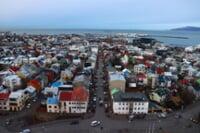
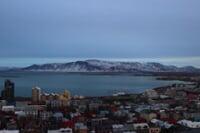
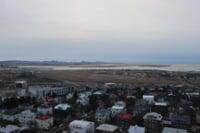
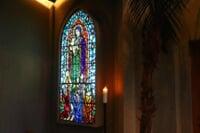
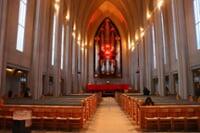
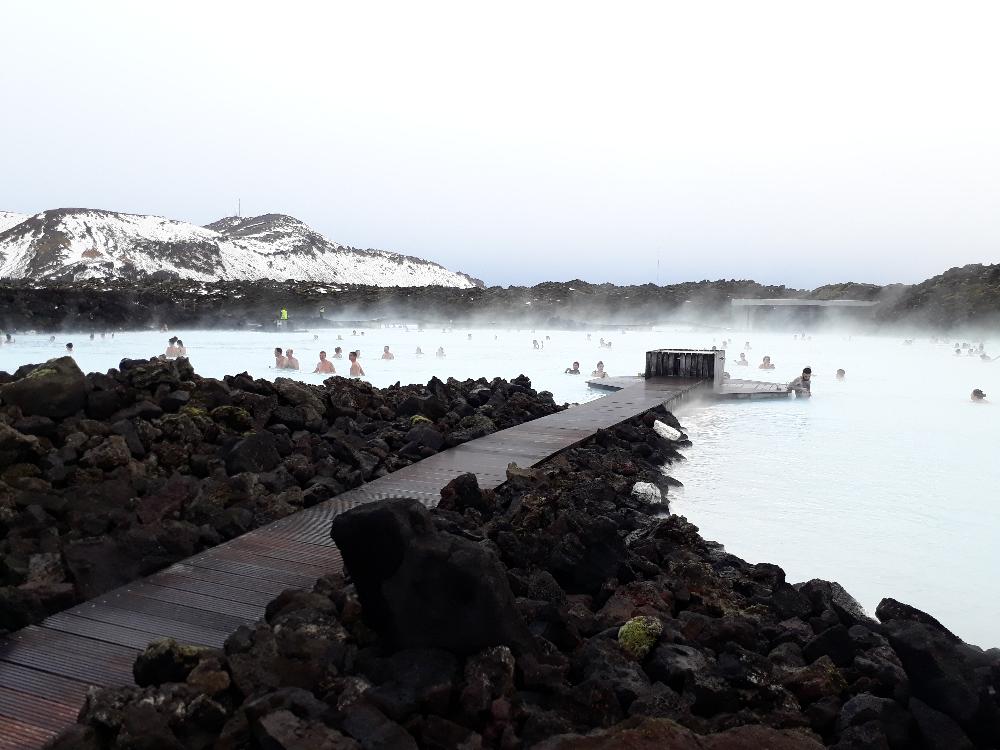
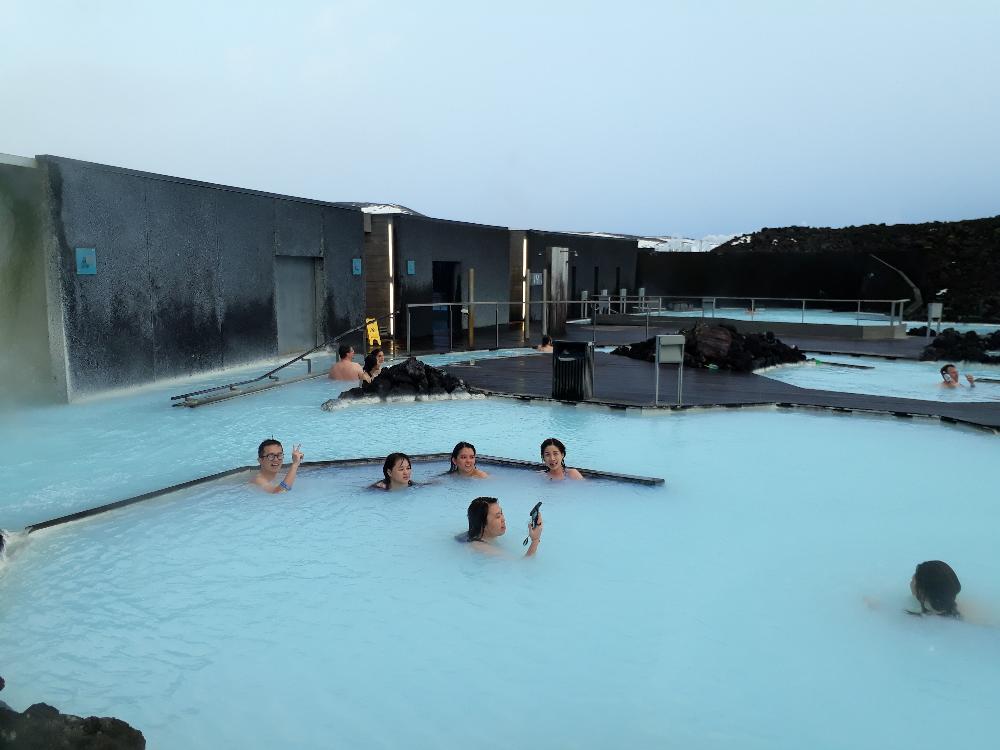
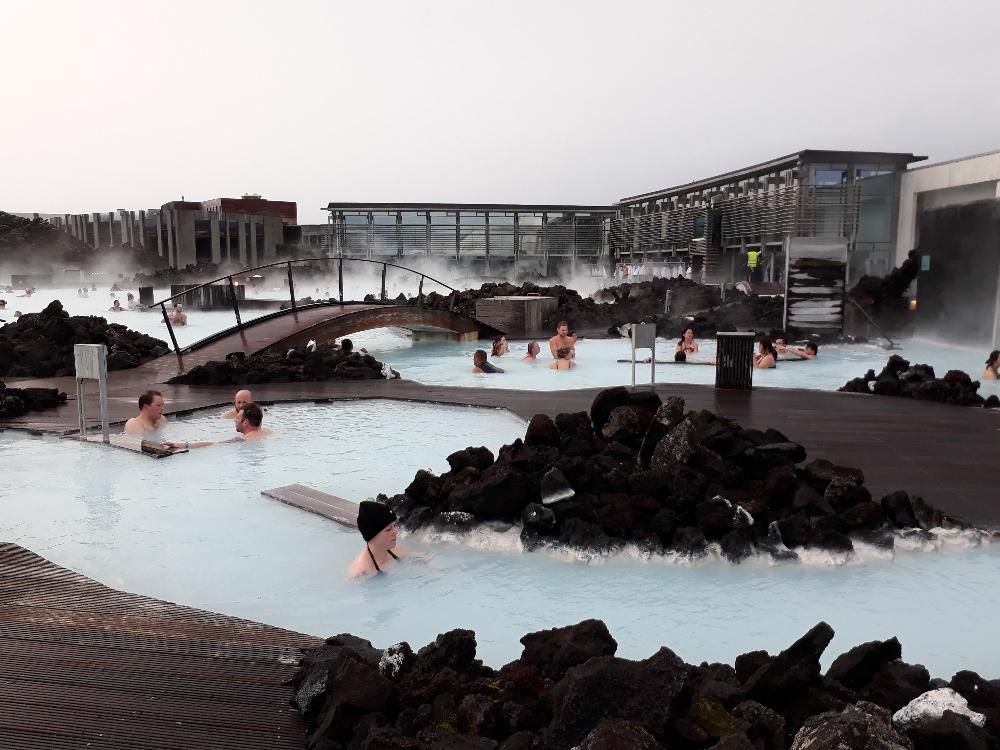
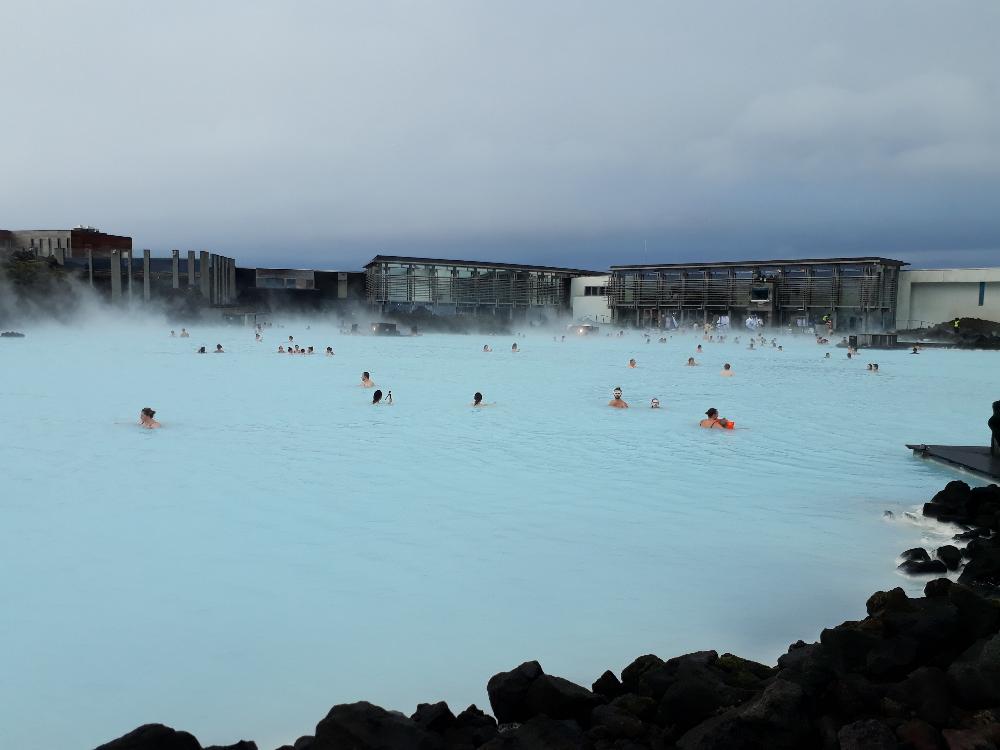
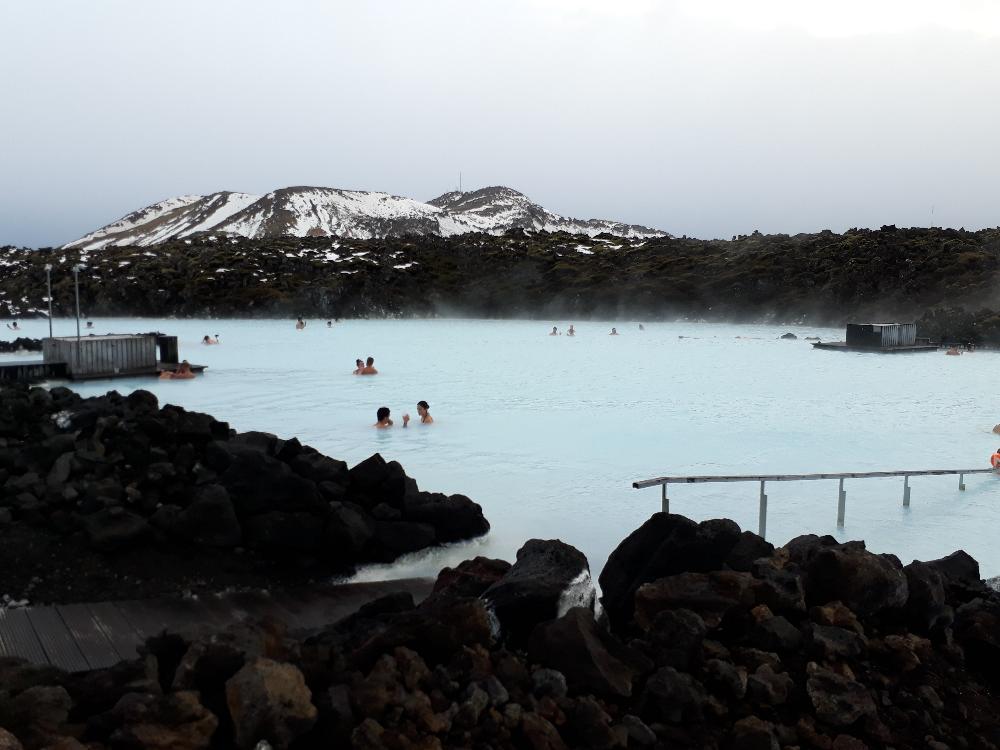
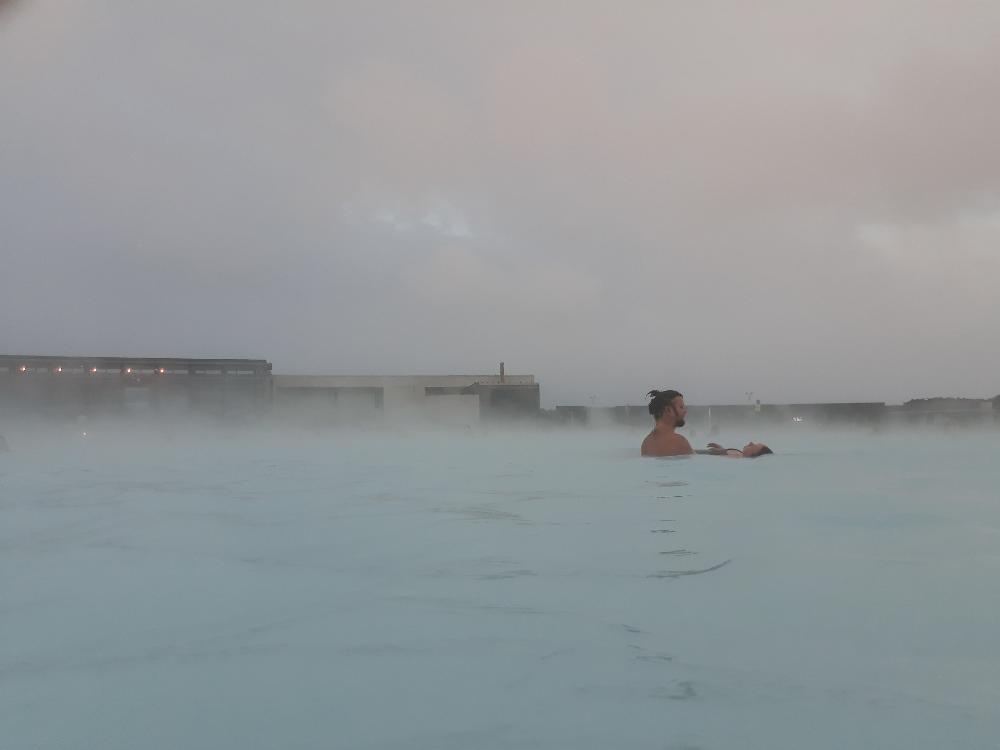
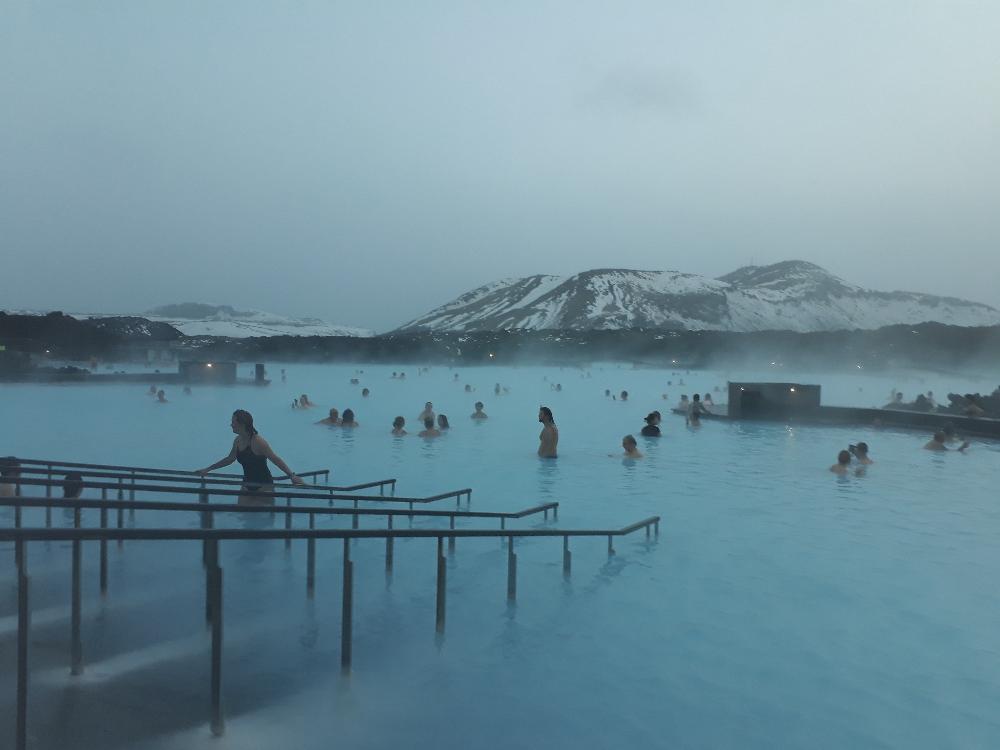
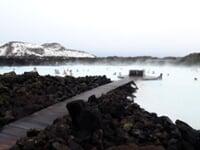
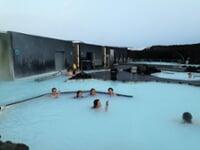
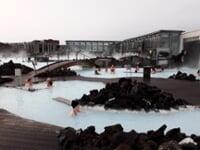
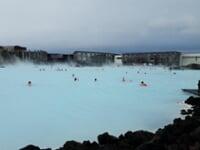
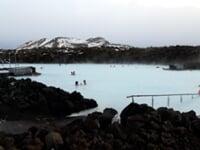
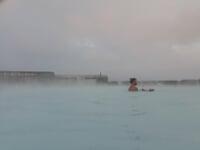
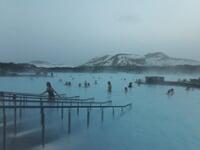
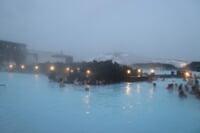
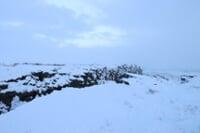
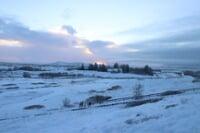
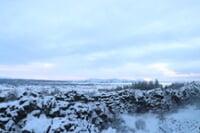
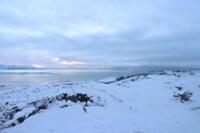
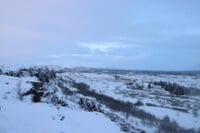
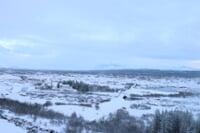
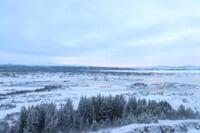
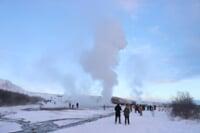
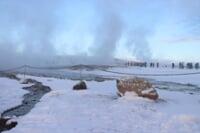
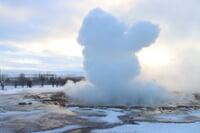
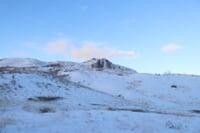
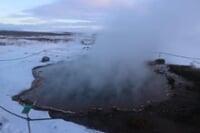
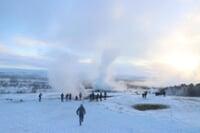
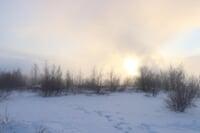
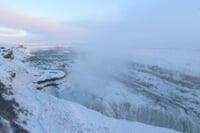
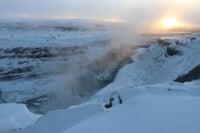
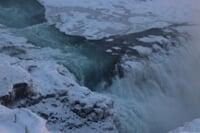
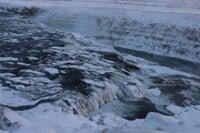
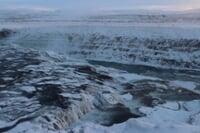
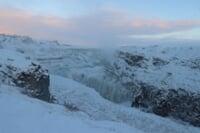
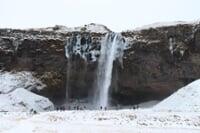
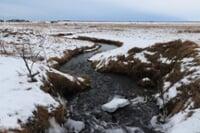
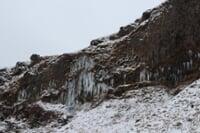
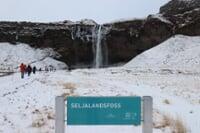
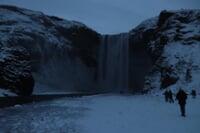
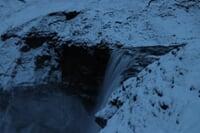
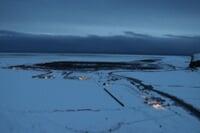
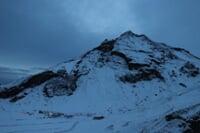
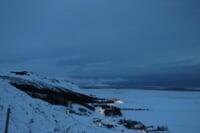
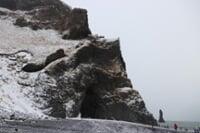
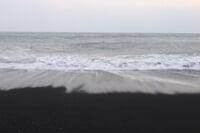
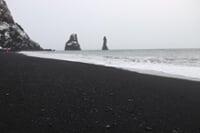
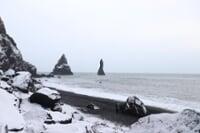
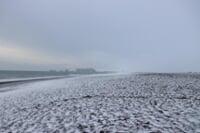
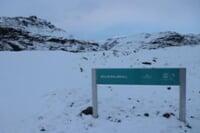
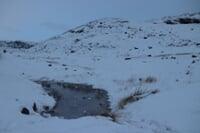
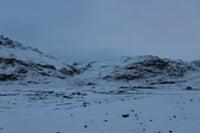
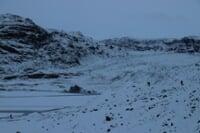
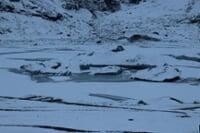
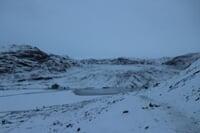












































.png)